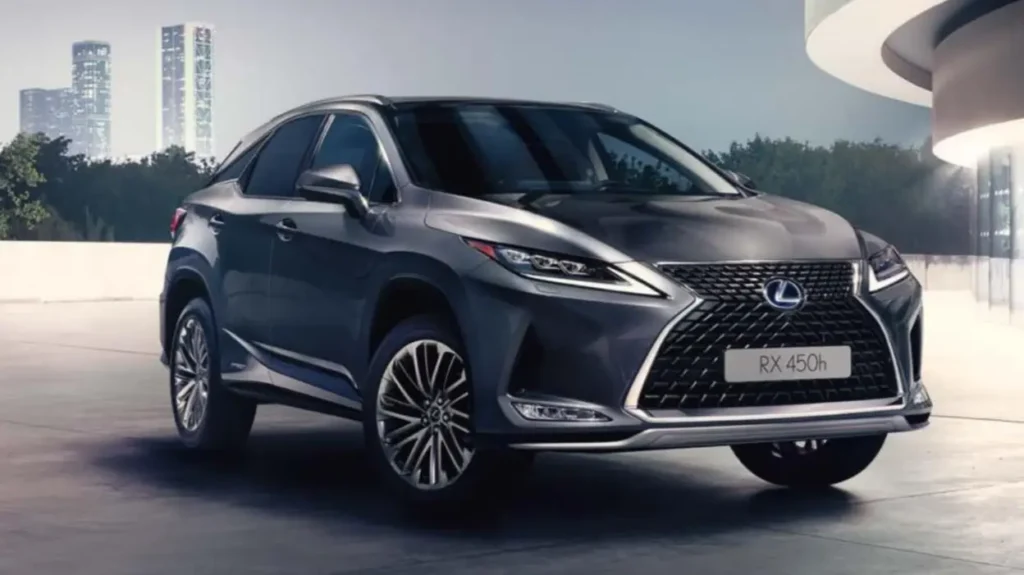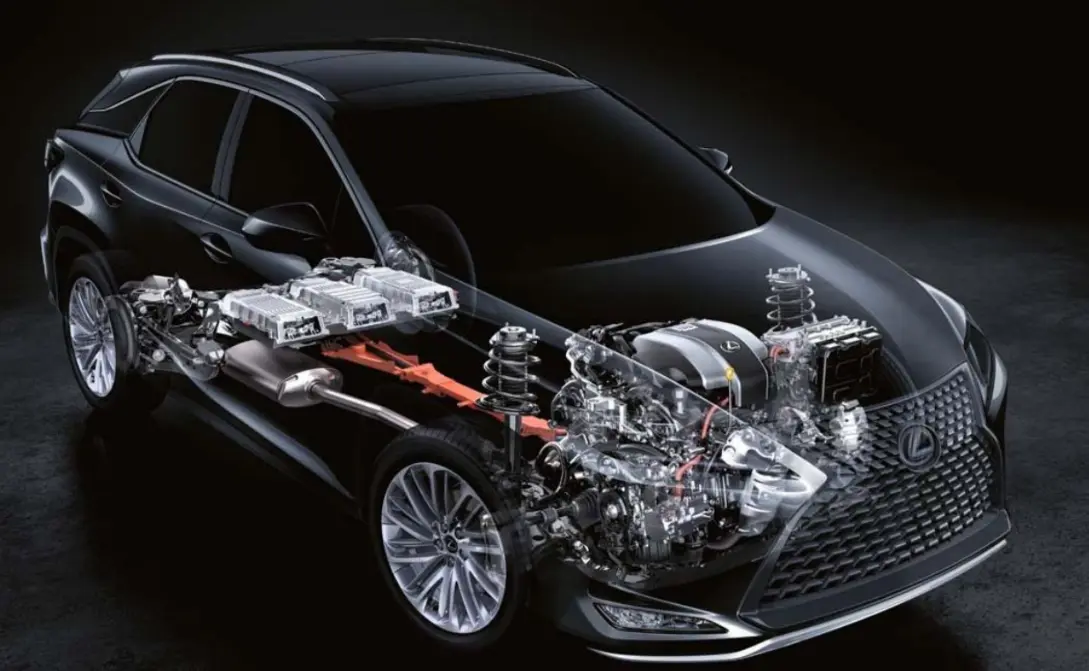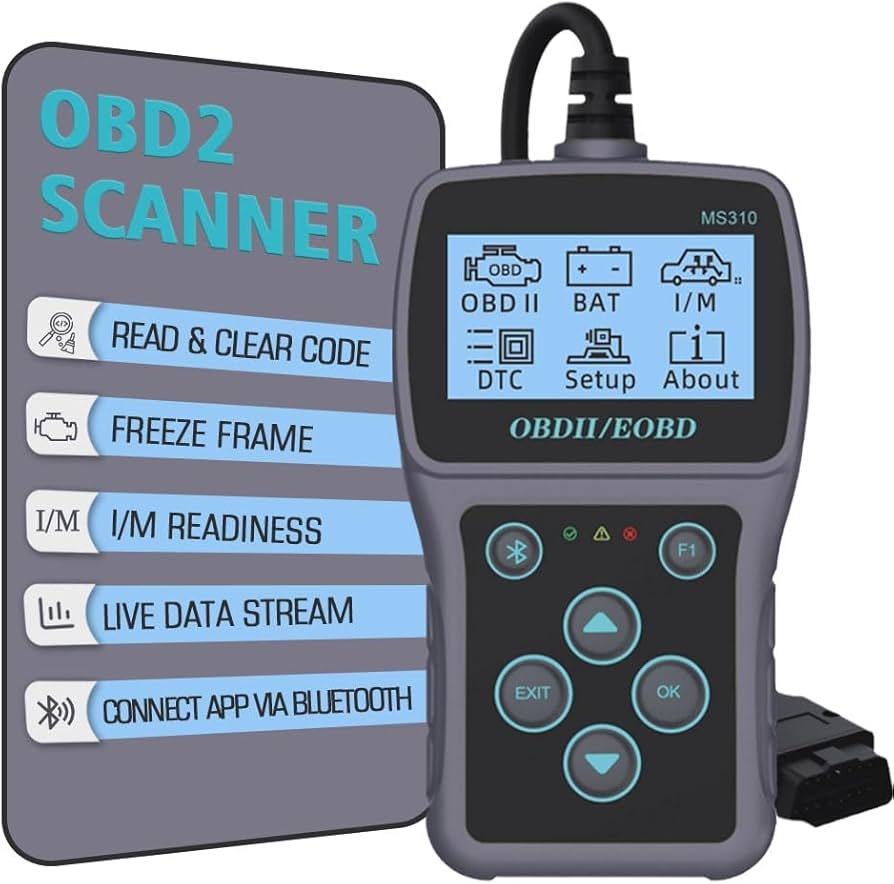What is Lexus hybrid drive , Basically Lexus Hybrid Drive is the same technology as Toyota Hybrid Synergy Drive. Lexus is a luxury brand owned by Toyota, and their vehicles benefit from Toyota’s hybrid expertise.
Types of Lexus Hybrid Drive vehicle
- HEV Model : This is the most common type of Lexus hybrid. It uses a combination of a gasoline engine and Two electric motor generator Or Three Motor generator for AWD to power the car
- PHEV Model: Lexus PHEV offers more electric driving range than an HEV. It has a larger battery pack that can be plugged into an external power source to charge.
- 1Motor Generator-HEV Model
Quick table summarizing the key differences
| Feature | HEV Model | PHEV Model | 1 Motor Generator-HEV |
|---|---|---|---|
| Primary Power Source | Gasoline Engine | Gasoline Engine + Plug-in Charging | Gasoline Engine |
| Electric Driving Range | Limited | Longer | Limited |
| Battery Size | Smaller | Larger | Similar to HEV |
| Number of Motor Generators | Two (MG1 & MG2) Three (MG1, MG2 & MGR)(AWD) | One (MG) | One (MG) |
Main components of Lexus Hybrid Drive?
Lexus Hybrid Drive is a remarkable system that combines electric and gasoline power for an efficient and enjoyable driving experience.
The key components:
- Gasoline Engine:
- Electric Motor
- Electric Generator
- Battery Pack
- Power Control Unit (PCU)
- Power Split Device

Lexus Hybrid Drive Operation
Start up and driving off-
- Powerful front and rear electric motors can propel the vehicle up to 65 km/h
- Vehicle is almost silent, uses no petrol, and produces zero emissions during this phase
Normal condition in hybrid system?
- Above 65 km/h, V6 petrol engine cuts in quietly with assistance from electric motors
- System distributes petrol and electric power sources for driving enjoyment, low emissions, and fuel efficiency
On full throttle acceleration
- Electric motors instantly supplement the 3.5-litre petrol engine
- Together they deliver a potent surge of torque for breathtakingly fast linear acceleration
DECELERATION, STOPPING, BRAKING
- During deceleration or stopping, petrol engine turns off, cutting emissions to zero
- Regenerative braking harnesses kinetic energy lost in other cars
- Converts this energy into electrical energy stored in the hybrid battery
- This means the hybrid never needs plugging in to recharge
Specifications
- Gasoline Engine: 137 / 138 / 139 / 140kW,
- 2.5-liter Aluminum Alloy Engine(1*2*)
- 205 kW, 2.4-liter Aluminum Alloy Engine (3*)
- Electric Motors
- Front: 134 kW, Permanent Magnet Motor(*1*2) 64 kW, Permanent Magnet Motor(3*)
- Rear: 40 kW, Permanent Magnet Motor (for AWD)(*1*2) 75.9 kW, Permanent Magnet Motor (for AWD)(3*)
- Transmission: Automatic Only
- HV Battery:
- 259.2 V Sealed NiMH Battery (1*)
- 288 V Sealed NiMH Battery (3*)
- 355.2 V Sealed Li-ion Battery(2*)
- *1: for THS-HEV Model
- *2: for PHEV Model
- *3: for 1Motor-HEV Model
Components Powered by the HV Battery
For THS-HEV Model
- Front Electric Motor
- Rear Electric Motor (for AWD)
- Power Cables
- Electric Generator
- Inverter/Converter
- DC-DC Converter for 12 Volts Auxiliary Battery
- A/C Compressor
For PHEV Model
- Front Electric Motor
- Rear Electric Motor
- Power Cables
- Electric Generator
- Inverter/Converter
- A/C Compressor
- DC-DC Converter for 12 Volts Auxiliary Battery
For 1Motor-HEV Model
- Hybrid Vehicle Transaxle Assembly (with Motor and Inverter)
- Motor Generator (Front MG)
- Hybrid Motor Control Inverter Assembly
- Rear eAxle (Rear Transaxle Assembly with Motor and Inverter)
- Motor Generator Rear (Rear MG)
- EV Motor Control Inverter Assembly
- Power Cables
- Compressor with Motor Assembly
- DC-DC Converter for 12 Volts Auxiliary Battery
Reference:
https://mag.lexus.co.uk/how-does-lexus-hybrid-drive-work




